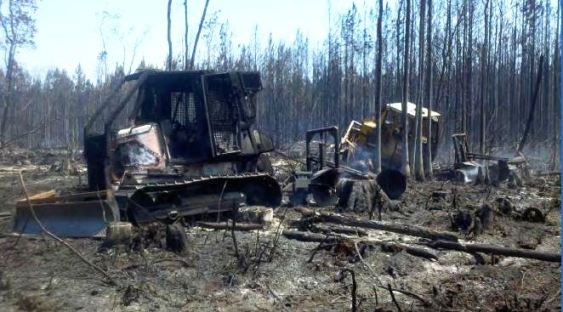It should come as no surprise, but it turns out that an administrator of the Federal Emergency Management Agency that has extensive experience in emergency management can be far more effective in that role than a lawyer with experience supervising horse show judges.

Craig Fugate was the head of the Florida Division of Emergency Management for eight years, battling floods, tornadoes, hurricanes, and wildfires before he became the Administor of FEMA. He began his emergency management career as a volunteer firefighter, Emergency Paramedic, and kept working his way up the chain of command. In his new job he is looking at the agency in a different light than his predecessors and appears to shaking things up — in a good way.
I like the fact that in an article in The Hill, from which the excerpt below is taken, he describes himself as having the “patience of a knat“.
…“It really kind of hit me and became apparent to me that every time we had big, complex disasters that we identified a group that had been marginalized and we’d write an annex to the main plan to address their concerns,” [Fugate] said. “I think it’s how emergency management had evolved over time.”
He found separate emergency plans for pets, for the frail and elderly, for those in poverty and for children. Fugate wondered, “If every one of these distinct groups is not being addressed in our plan, who do we cover?”
“We were planning for easy and putting everyone else in the too-hard-to-do box,” he said.
So he ripped up the agency’s plan, making so-called marginalized populations the primary focus of the response. The new message was that FEMA needed to “plan for who we serve, not who fits our plans,” Fugate said.
FEMA’s response plans had been built around able-bodied adults who have the financial means to meet basic needs and take care of themselves in the immediate aftermath of a disaster, he said.
That led Fugate to press his team to change the federal government’s food delivery response, adding in packages for infants and children that included formula, baby food and diapers. That was a big change from the previous policy of only sending out Meals Ready to Eat (MREs) without any consideration for what groups of people were most affected.
“I do try to be very clear about the outcome I want and give people the leeway to figure out how to get there,” he said. “The more I push people, the more I get them out of their comfort zones, the better they get at solving these problems.”
Fugate, who professes to have the “patience of a gnat,” ensured that his team solved their differences and moved forward, making the plan operational this spring.







